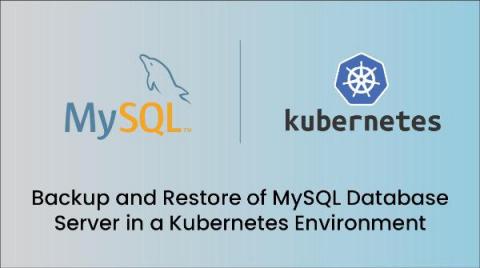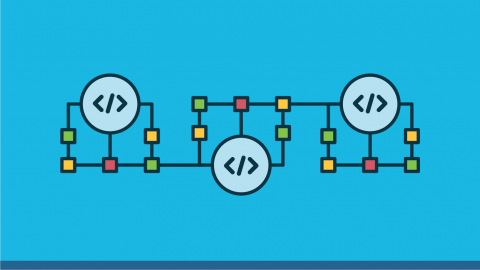A Primer on Policy-Based Access Management (PBAM)
Policy-based access management (PBAM) uses decoupled policy as code and a policy engine to provide real-time authorization decisions throughout the cloud-native ecosystem. This article presents an overview of policy-based access management, its benefits and implementation methods.










